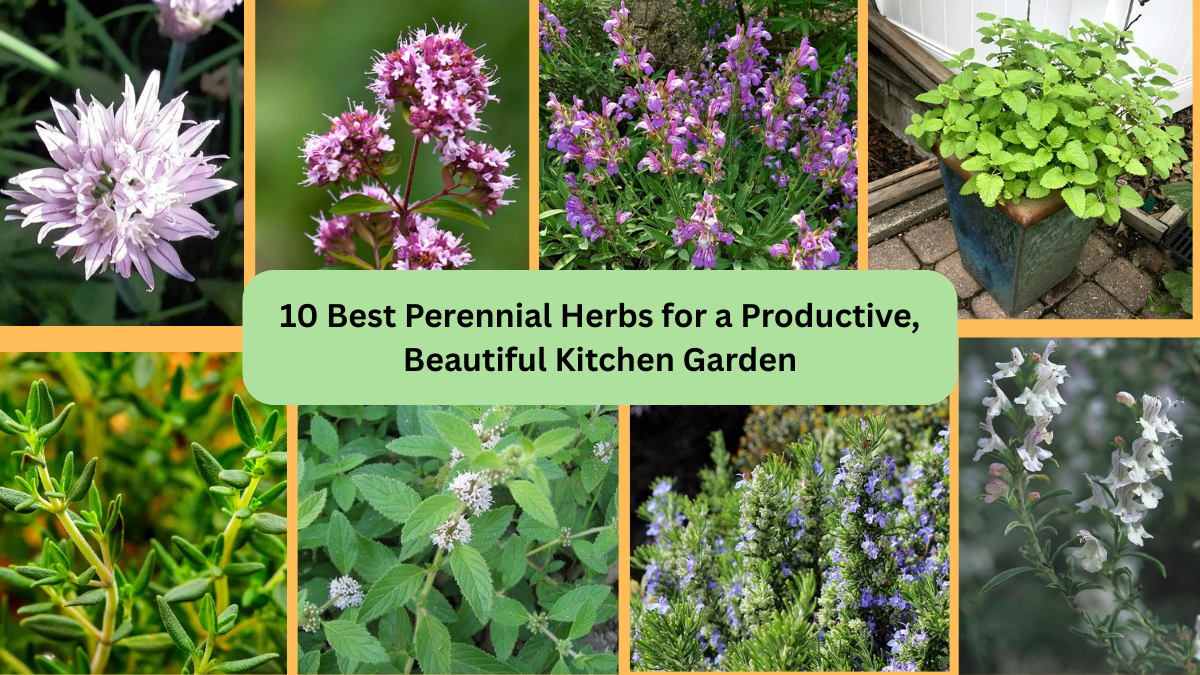A thriving kitchen garden doesn’t just provide fresh, flavorful ingredients it also brings beauty, aroma, and life to your backyard or balcony. While annual herbs are lovely, perennial herbs are the real workhorses of a productive garden. They return year after year, require less maintenance, and often attract pollinators with their fragrant flowers. Whether you’re an avid cook or a casual gardener, these 10 perennial herbs are must-haves for a kitchen garden that’s as stunning as it is useful.
1. Rosemary (Rosmarinus officinalis)
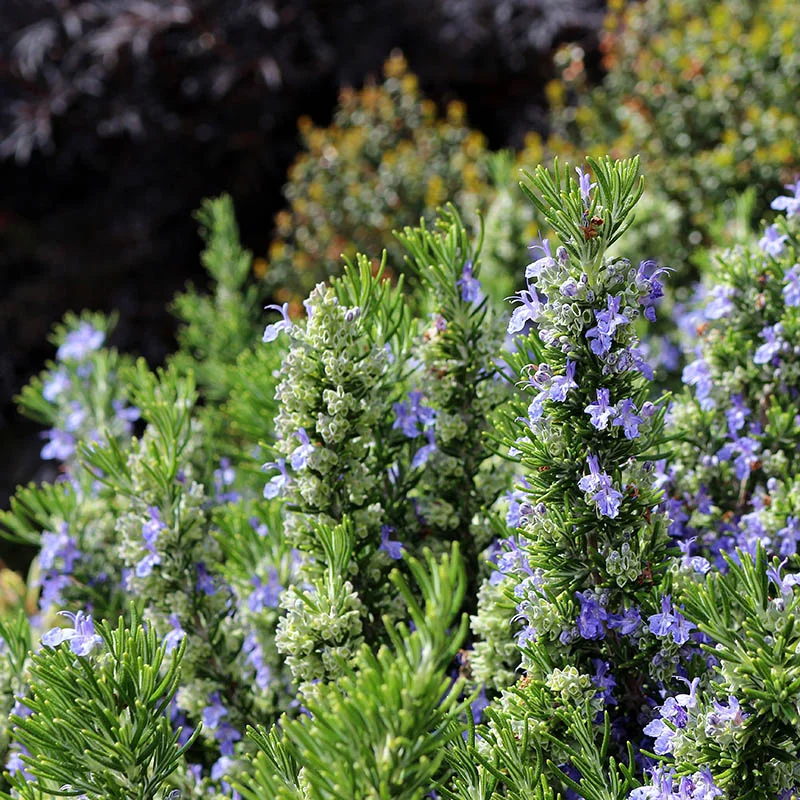
Rosemary is a woody, aromatic herb that’s as ornamental as it is flavorful. Its needle-like leaves add a punch of flavor to roasted meats, breads, and stews, while its lavender-blue flowers attract bees and butterflies. A Mediterranean native, rosemary thrives in full sun and well-drained soil. It can grow into a small shrub, making it a bold, structural addition to the herb garden. Drought-tolerant and evergreen in warmer climates, rosemary also makes an excellent potted plant for patios and sunny windows.
2. Thyme (Thymus vulgaris)
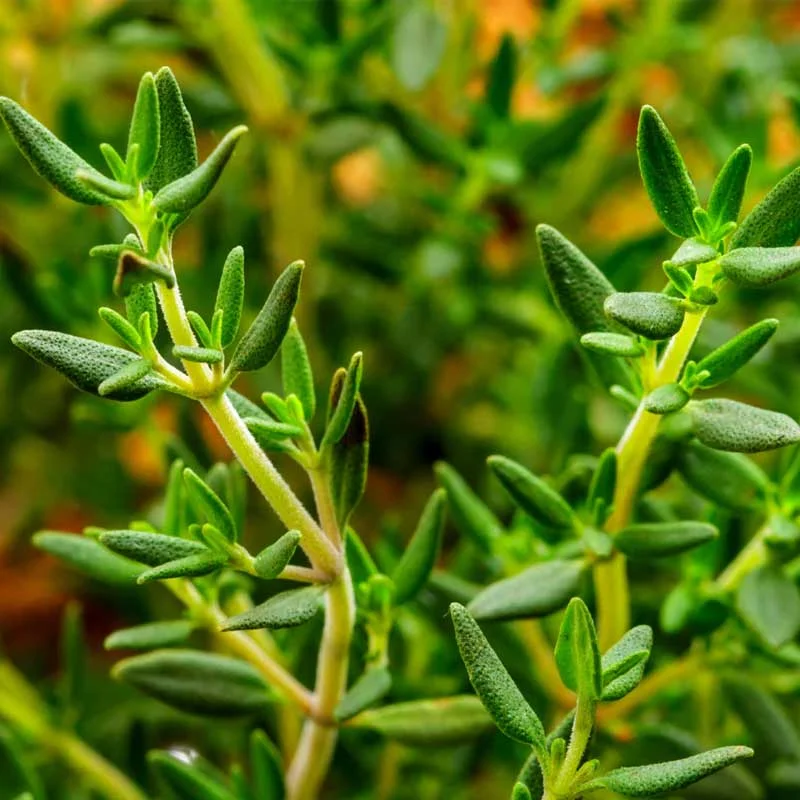
Thyme is a compact, low-growing herb that offers incredible culinary versatility. Its tiny, aromatic leaves add depth to soups, roasts, marinades, and even cocktails. Beyond its use in the kitchen, thyme works beautifully as a fragrant ground cover, especially between stepping stones or in rock gardens. It thrives in full sun, tolerates drought, and requires little maintenance. The small pink or purple flowers in summer are a favorite among pollinators, making thyme both practical and ecologically beneficial.
3. Mint (Mentha spp.)
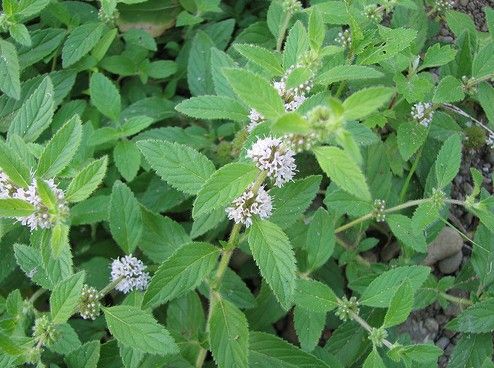
No kitchen garden is complete without mint but it’s best grown in a container due to its vigorous spreading habit. Whether you prefer peppermint, spearmint, or even chocolate mint, all varieties offer cooling, refreshing flavors ideal for teas, desserts, and savory dishes. Mint thrives in part sun to full sun and enjoys moist, rich soil. It can grow rapidly, producing lush green leaves and lovely flowers that attract beneficial insects. With regular pruning, mint stays healthy and bushy throughout the season.
4. Oregano (Origanum vulgare)
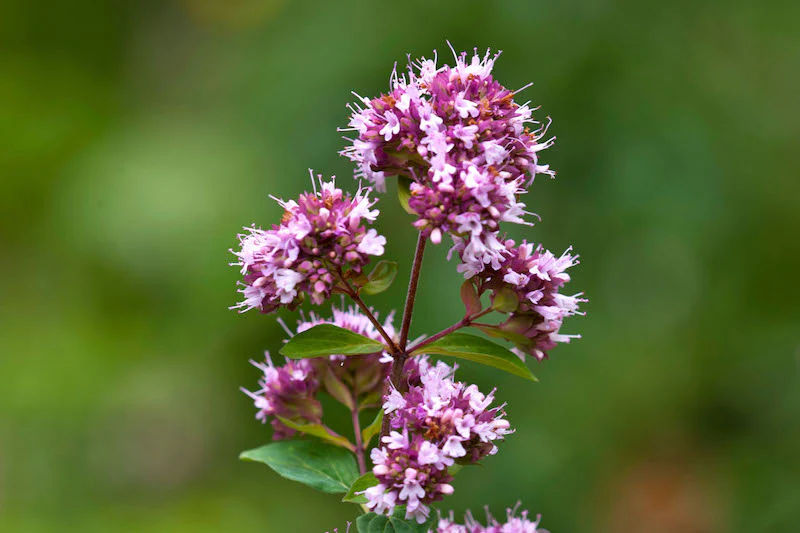
A staple in Mediterranean cuisine, oregano adds bold flavor to pizzas, sauces, and marinades. This hardy herb thrives in dry, sunny conditions and poor soil, making it a low-maintenance choice for busy gardeners. Oregano produces clusters of small pink or purple flowers in summer, which are loved by bees and butterflies. Once established, it spreads gently, filling garden beds with a fragrant, edible carpet. Harvesting leaves regularly encourages fuller growth and more robust flavor.
5. Chives (Allium schoenoprasum)
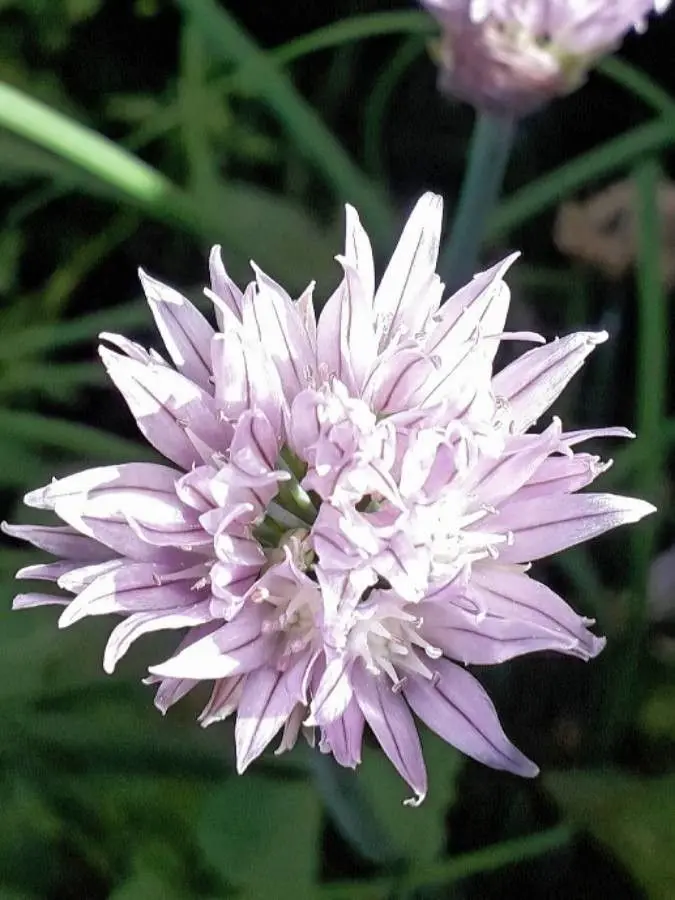
Chives bring mild onion flavor to dishes and an ornamental touch to gardens. Their tubular green leaves are perfect for garnishing soups, salads, and baked potatoes. In spring and early summer, chives bloom with round, lavender-purple flowers that not only add beauty but are also edible and attract pollinators. Chives are cold-hardy and can survive frosty winters with ease. They thrive in full sun and prefer rich, well-drained soil. Divide clumps every few years to keep plants productive.
6. Sage (Salvia officinalis)
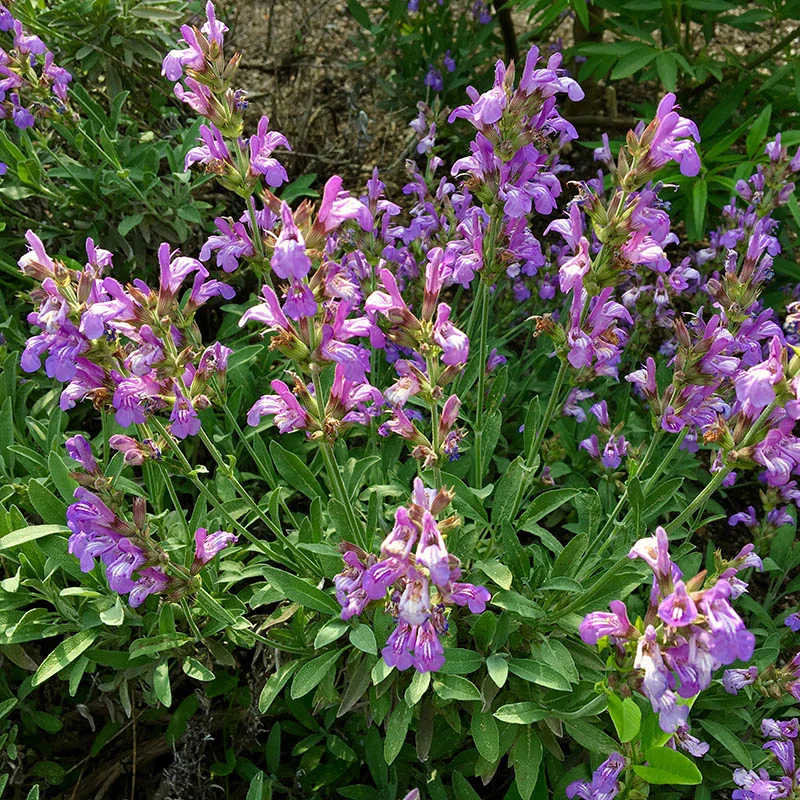
Sage is known for its savory, slightly peppery flavor and is essential for holiday stuffing, poultry dishes, and herbal teas. Its soft, silvery-green leaves are visually striking, and it blooms with purple or blue flowers in late spring, drawing in pollinators. Sage prefers full sun and well-drained soil, and once established, it is drought-tolerant. It’s also deer-resistant, making it great for open gardens. Sage can become woody over time, so prune regularly to encourage new, tender growth.
7. Lemon Balm (Melissa officinalis)
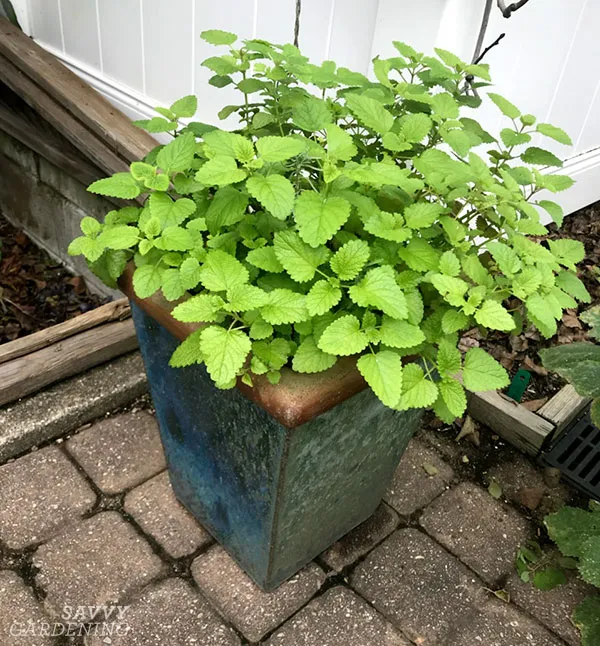
Lemon balm is a cheerful, lemon-scented herb that’s excellent for teas, desserts, and calming remedies. A member of the mint family, it grows vigorously and produces lush green foliage with a gentle citrus fragrance. In summer, it blooms with small white flowers that bees adore. Lemon balm thrives in full sun to partial shade and prefers moist, well-drained soil. It spreads easily, so planting it in containers or regularly trimming it will help keep it in check while maintaining a fresh supply of leaves.
8. Lovage (Levisticum officinale)
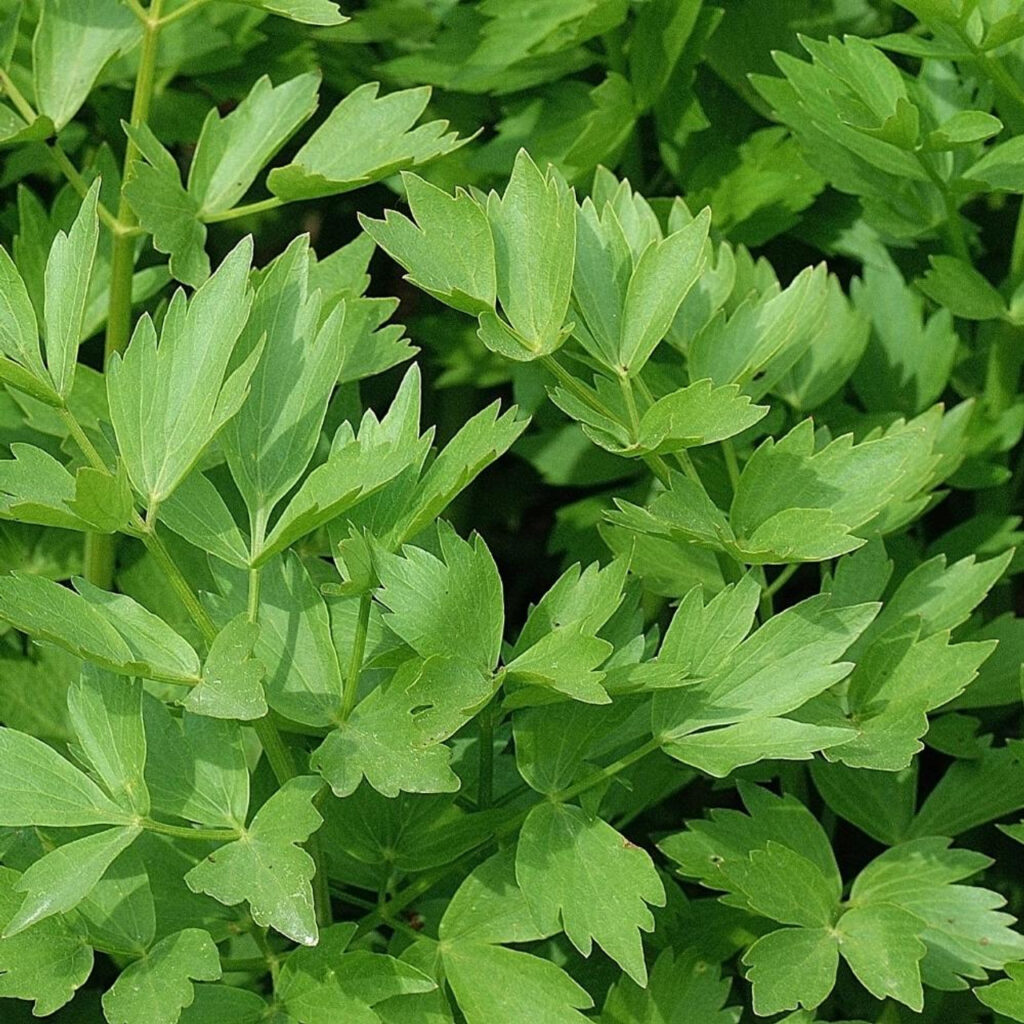
Lovage is a tall, celery-flavored perennial herb that brings height and elegance to the kitchen garden. Its leaves, stems, and seeds are all edible and can be used in soups, stews, and salads. Lovage can grow up to six feet tall, making it an excellent backdrop plant. It prefers full sun and moist, well-drained soil. Once established, it is quite hardy and comes back year after year. Its umbel-shaped yellow flowers also attract pollinators, adding to the biodiversity of your garden.
9. French Tarragon (Artemisia dracunculus var. sativa)
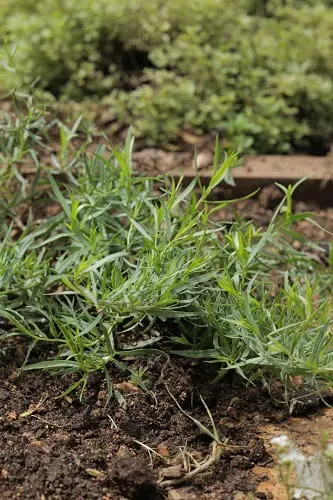
French tarragon is a refined, aromatic herb known for its distinctive anise-like flavor. It’s a culinary favorite in sauces, especially Béarnaise, and pairs beautifully with chicken and fish. Unlike its wild cousin, French tarragon does not produce viable seeds and is usually propagated via cuttings. It thrives in full sun and well-drained soil, preferring dry conditions once established. With slender green leaves and a bushy habit, it makes a lovely container plant or border herb in a well-tended kitchen garden.
10. Winter Savory (Satureja montana)
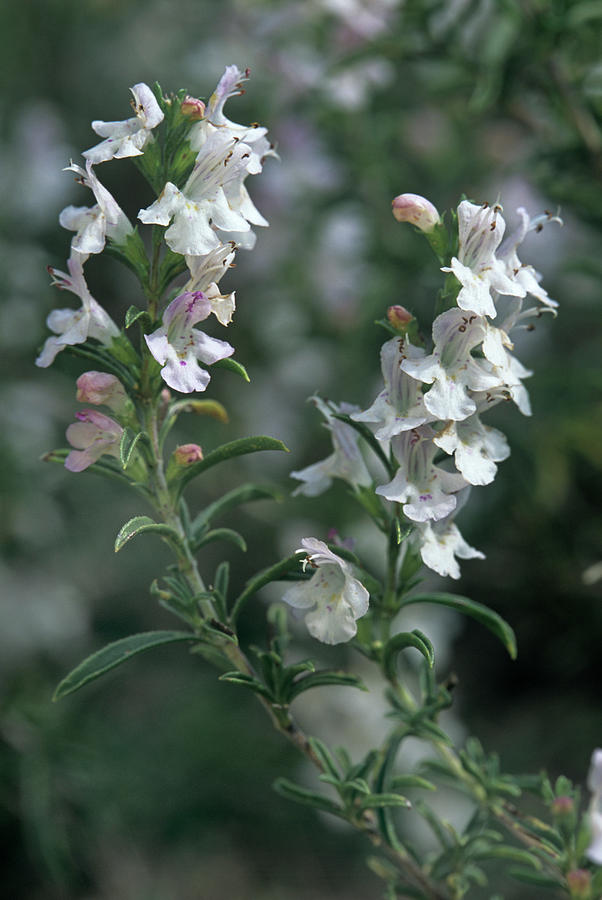
Winter savory is a lesser-known yet incredibly useful herb with a peppery flavor similar to thyme. It’s excellent for seasoning beans, meats, and stews, especially during colder months. A hardy perennial, it forms a neat, compact shrub that can withstand frost and poor soil. It produces tiny white or pink flowers in late summer and thrives in full sun. Winter savory is not only delicious but also helps deter pests, making it a great companion plant in your herb garden.
